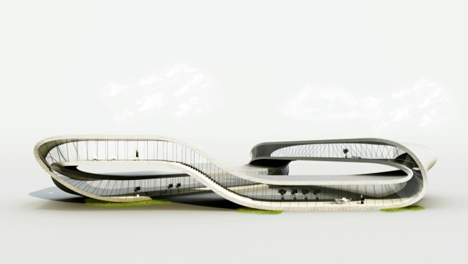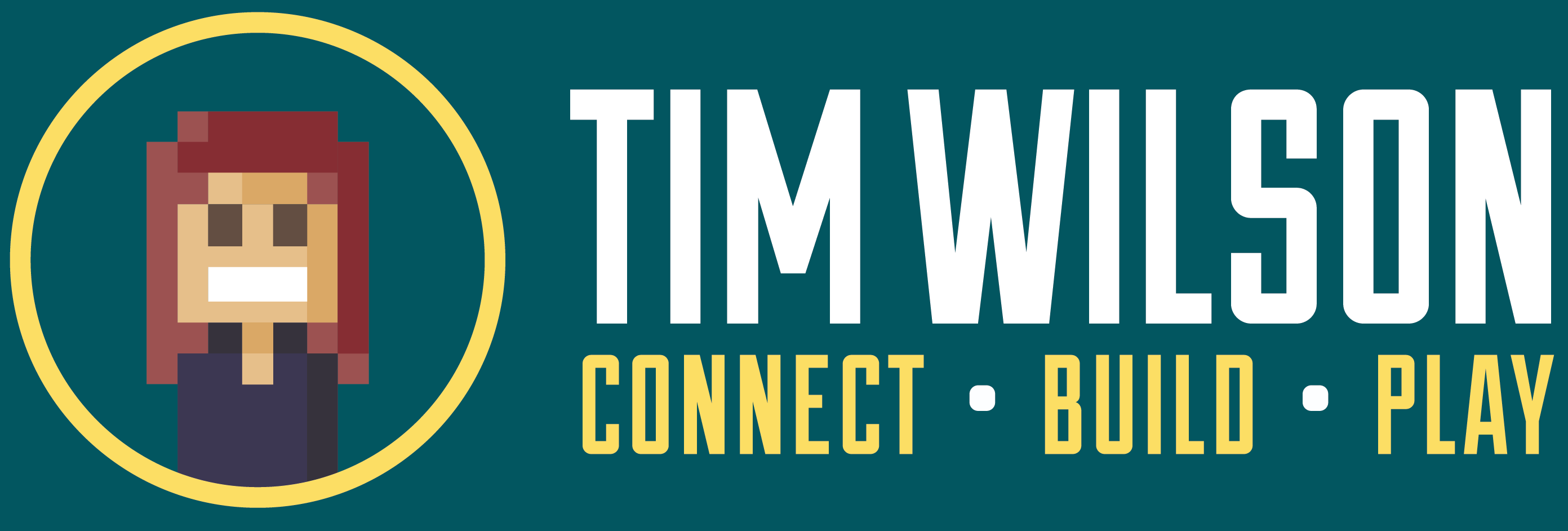Is 3D printing and making going to become more mainstream in 2013?
I am currently involved in a number of projects where 3D printing and scanning are both of interest and being discussed. In particular, 3D printing has been increasingly important in manufacturing, design, technology and a few other sectors – albeit only for those businesses who have this technology in-house or within their supply chain.
3D printing though is burgeoning and there are competitors out there to drive down the cost but also the size of printers, such as MakerBot with their Replicator 2 desktop model… yes, 3D printers on a desktop (imagine!).

No longer is 3D printing the domain of a University department, the big manufacturer or design company. Cubify won an Emerging Tech and People’s Voice award at CES 2013 for their new 3D printer – small, neat, clever, if not yet exactly cheap.

Is it now conceivable that in 2013, 3D printing will become a service more widely available to the business market, but actually will hit the consumer market? I see small businesses being able to access 3D printers in their local communities and being able to use them to make items relevant to their work.
Source: www.cubify.com
As 3D printers become more readily available, geeks and techies are furiously coming up with opportunities to bridge the gap between the printer and the consumer, and there are a few early hints already this year that this marketplace is about to get busy?
1. Foldify
In classic app tradition, the fun by name, fun by nature app Foldify (currently available on the app-store) is a simple premise, in the words of the Polish company Pixle who designed the app – “Draw, create, print and fold beautiful 3D figures.”

In essence, it owes less to the complexities of CAD and more to the fun of Draw Something in its inspiration, allowing would be kids-at-heart to design the templates for 3D printers which can then be assembled and made.
And what’s great about it, currently for the cost of a couple of chocolate bars, you get an app with easy-to-use UI and a bunch of useful tools and button-type things that you press to make the whole 3D making experience simpler, even for people who can’t draw very well (like me!). Within minutes, you have your creation!
Once you’ve created your design, you can also share it on Facebook, Twitter or with the Foldify community itself.
2. Nokia – print your own phone case.
Now big companies are getting in on the act. Nokia are now letting their users 3D print their own Lumia 820 mobile phone cases. Not only will Nokia provide you will the files and instructions, it fits with the loose customisation ethic at the heart of the 820 phone with its colourful exterior and personalised Windows 8 platform.
Makerbot are already on the case (pun totally intended!) and have taken the file to make it ready to go with their Replicator 2 3D desktop printer.

The idea of a mobile phone manufacturer providing a blueprint to create a case opens up all sorts of potential opportunities: i) for consumers to customise and be part of a 3D printing community … and share in their own designs, for example; ii) it creates conversations with software and hardware engineers in the domain of rapid prototyping.
I like the idea and what it means for future engagement both in B2B and B2C conversations and the speed in which ideas can happen. Nokia understand this it seems.
3. 3D Printing … whilst having a coffee.
Want to print? And have a coffee whilst doing it?
Well, the great people over at popupcity are always looking for quirky yet brilliant examples of urban design and user friendly ideas. One example is the Fab Cafe, a Tokyo Coffee Shop with a laser cutter in it.

As the article says, “The project’s goal is to provide a space where people can enjoy making things.” Customers bring an Adobe Illustrator, plug into the laser cutter and create three-dimensional sculptures can be cut using all kinds of materials, like paper, felt, acrylic and wood.

The same concept could be done with 3D printing … create a space … build a community as a place for things to be made, co-work and coffee drinking (all things I do and approve of) and print too.
Whilst we are in reality a few years away from 3D Printing becoming a more everyday object, more opportunities for sharing of 3D printing technologies will emerge this year.
And, if by 2015, a 3D printer can cost a few hundred pounds, then imagine the potential to make no end of solutions for home, office, appliances, widgets.
In 2013, I think there will be more opportunities for 3D printing to be more mainstream.
UPDATE – how about building a house using a 3D Printer… Dutch Architects Universe are doing this. Link.

PS. Lea Simpson, strategy partner at TH_NK was speaking at CES 2013 recently, and posed a future idea of a connected TV combined with a 3D printer – brand marketing taking on a whole new meaning – “a chocolate company that creates a relatively inexpensive chocolate printer fed by proprietary chocolate cartridges to print out personalised chocolate bars!” (Source: The Guardian). Imagine that!



